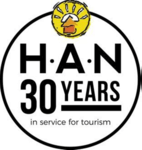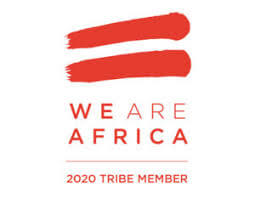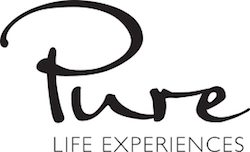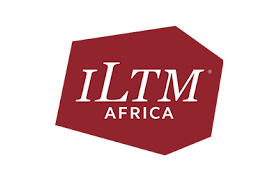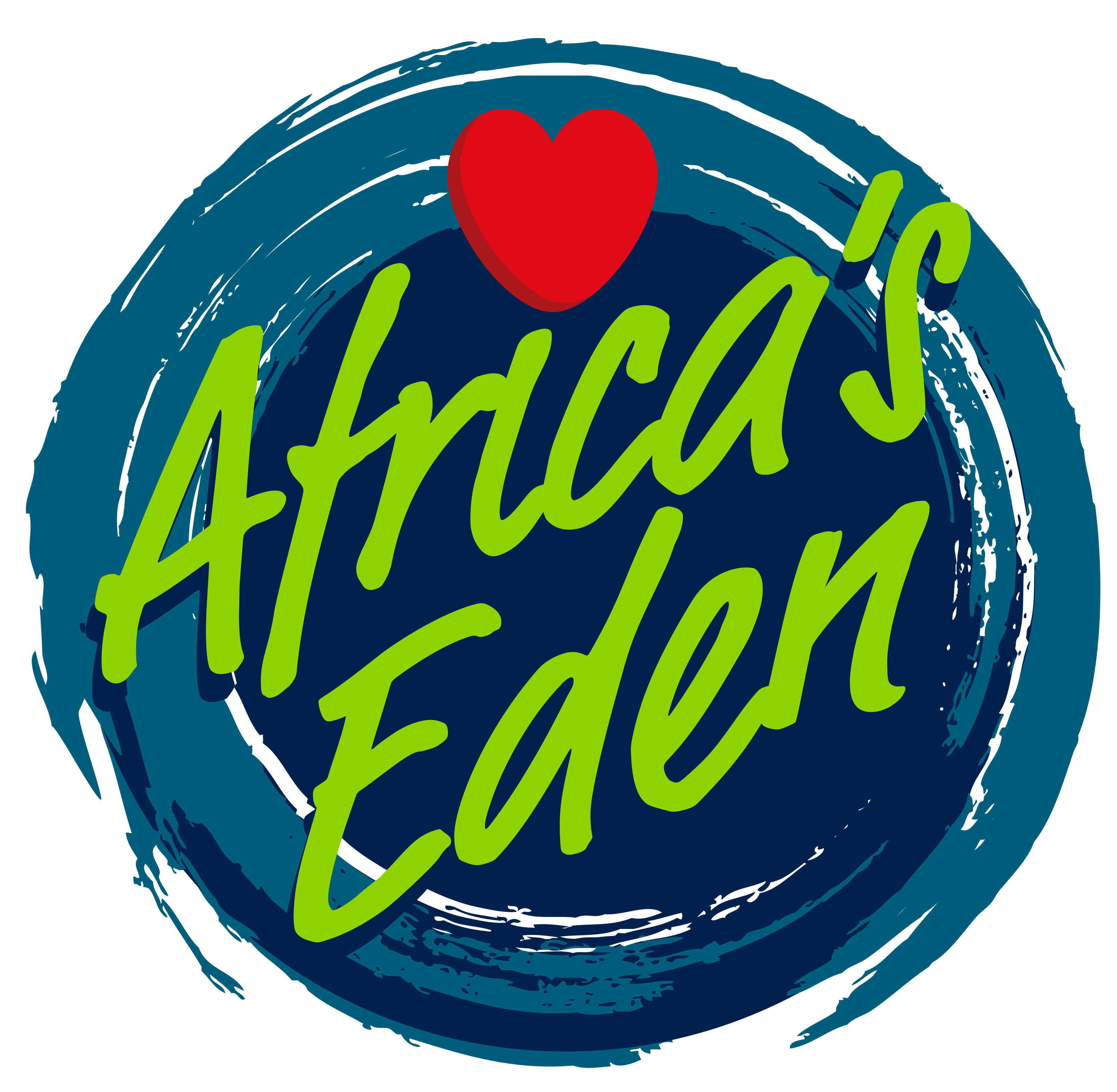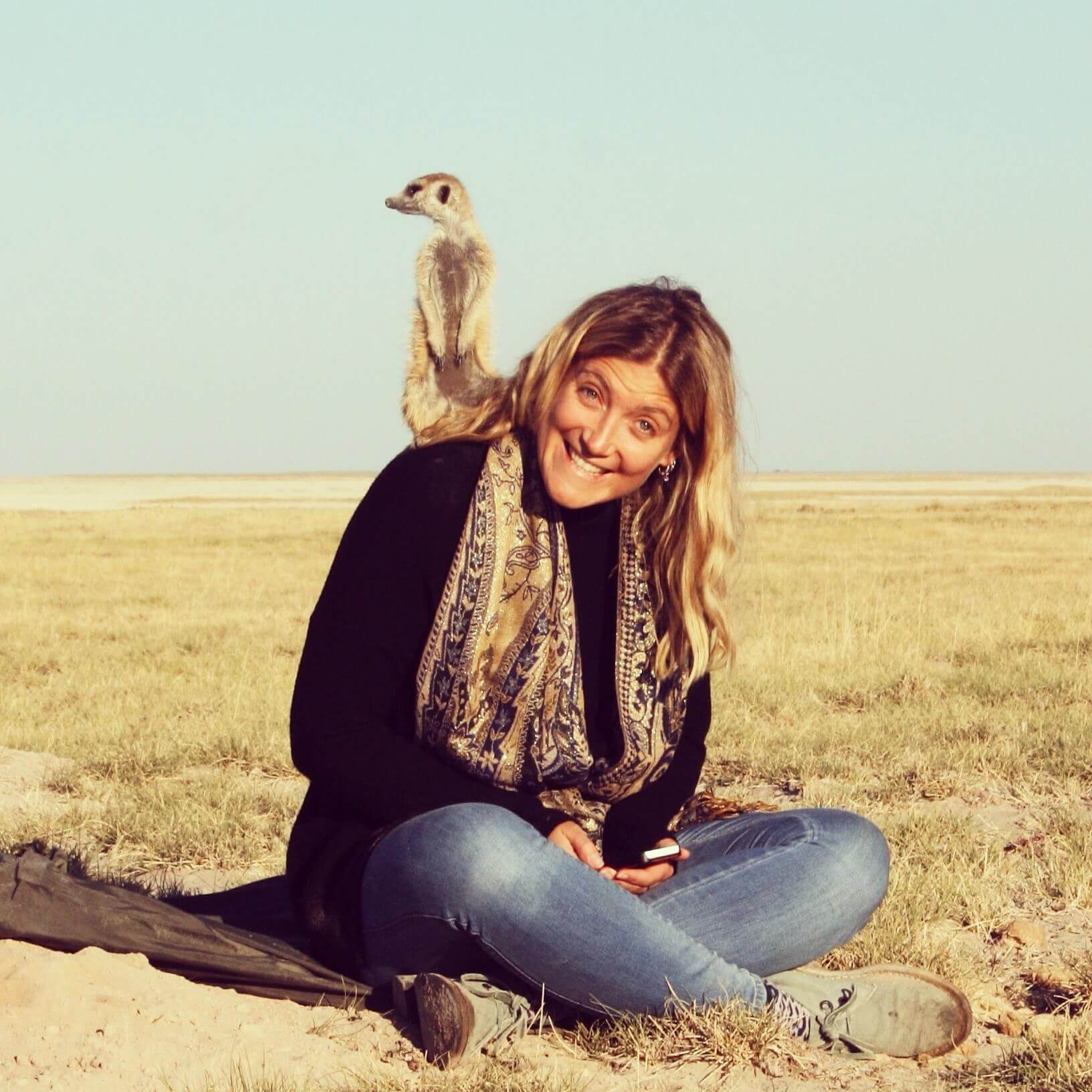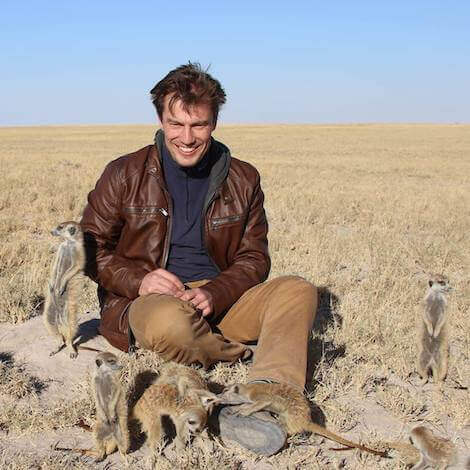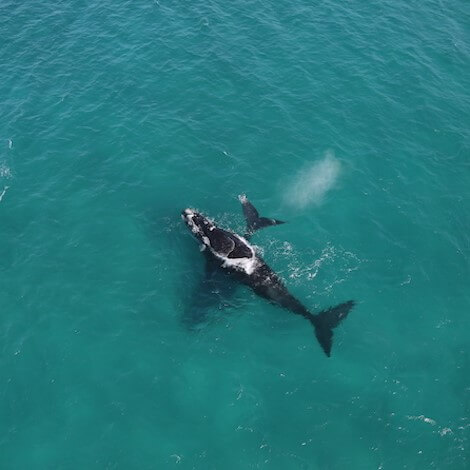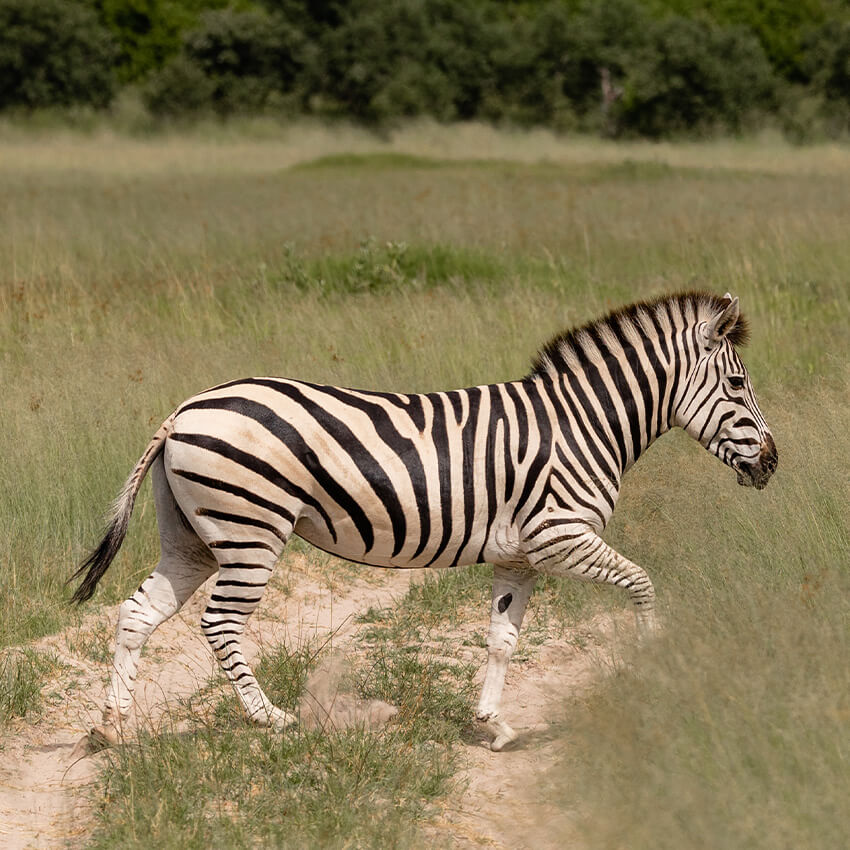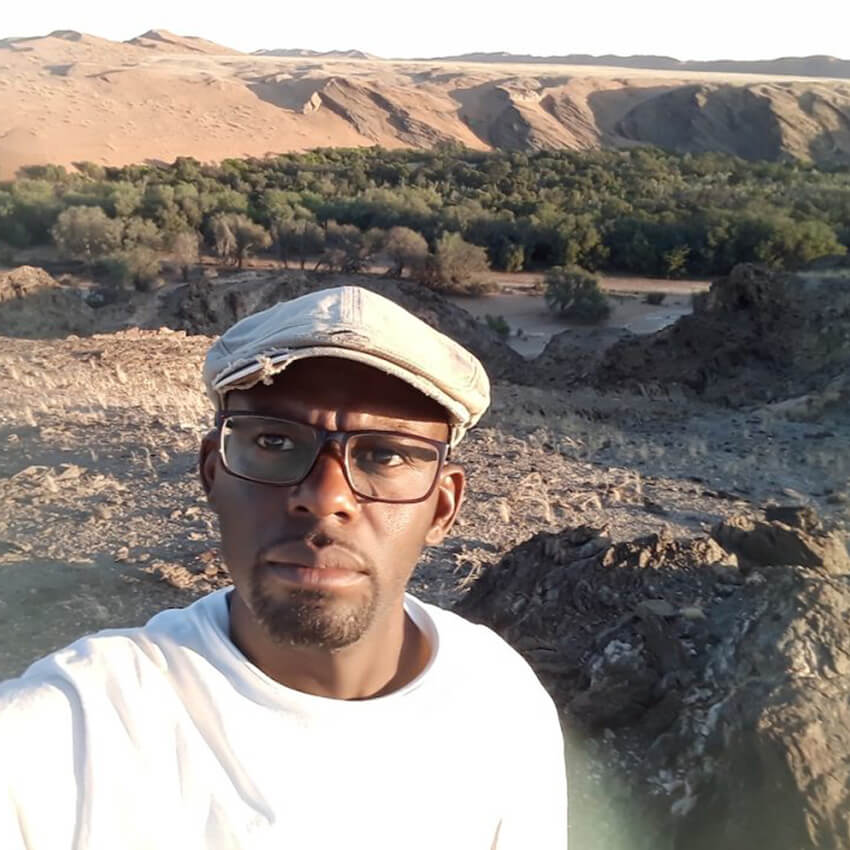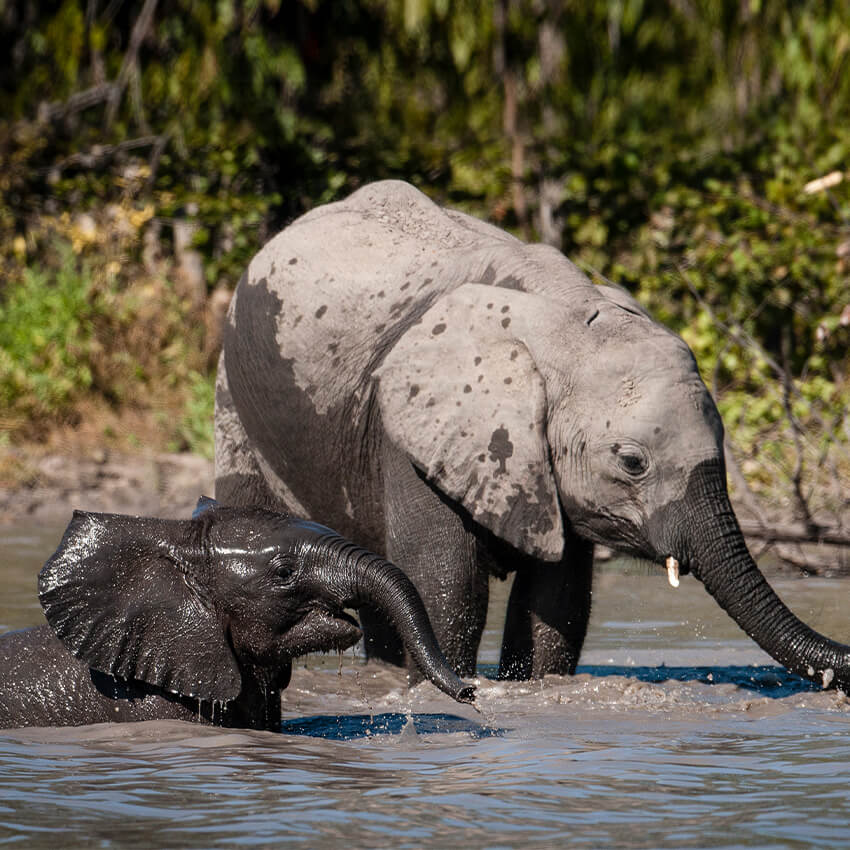Active
Popular
Styling It Out: Meet Interior Designer Tracy Kelly
 Pru Allison
Pru Allison
 August 05, 2019
August 05, 2019
We caught up with the woman behind the interiors of Tuludi and Sable Alley
What do you love about interior design, and how did you come to work on Sable Alley and Tuludi?
“Interior Design has been a passion and my business for the past 30 years and to answer your question, it is the ability to work with fabulous products, be it fabrics, décor accessories or furnishings and combine them in such a way that you tell a story. The story that will conjure up feelings and memories that will last a lifetime for those who visit or live in the spaces that I create.”
How did you come to work on Sable Alley and Tuludi?
“I came to work on Sable Alley quite by chance actually. I was asked to put forward some ideas for Sable Alley without having even visited the site and it coincidently hit the spot, so to speak, of what they were requiring in the interiors.
I was asked to work on Tuludi I believe based on the work that I had done at Sable Alley and I was thrilled to be given this opportunity.”
How did your approach differ in each camp?
“My approach was considerably different on each camp:
Sable Alley was a quick refurbishment as it was previously a wilderness Camp called Banoka. The camp had been uninhabited for a while and was tired and need a real kick in the pants. Once I had been to the site after my initial presentation had been accepted, there were a few factors that cemented my ideas and colours for the lodge. The combretum seed pods, the colours of the leaves and stems of trees where the elephants had stripped off the bark. The Okavango water and unbelievable water lilies that filled up the areas in front of the main lodge area. It had been an incredibly wet season and Sable Alley was surrounded by water and thousands of water lilies, dragonflies darting from flower to flower and the busy movement of fish. This all became added inspiration for the fabrics in that I would select – nature really depicted what was to become the interior scheme at Sable Alley. A very happy coincidence I believe.
Tuludi was different in that I was given a brief. My brief, in a nutshell, was a mix between contemporary, colours and campaign living.
After my initial visit to the Tuludi site before any building had even begun, I was overwhelmed by the beautiful big trees and the coincidentally brightly coloured feathers that I collected from the ground that had belonged to a Malachite kingfisher – this really was the beginning.”
What was your vision for each of the camps?
“Sable Alley was a happy coincidence with nature and interiors and it just all came together so harmoniously.
Tuludi was inspired by the large trees, the colourful feathers of the Malachite kingfisher and my brief. I set about creating a space that focused on the smaller creatures that one finds in the bush and not too much acknowledgment was shown to the larger species excepting the leopard from which Tuludi gets its name.
The element of black and metalwork was my nod to contemporary, the bright colours were happy pops that appear throughout the lodge with the library, tallboys and desks in the bedrooms being the element of campaign living. Tuludi is contemporary, bright and cheeky, and in all honesty, a risky combination that has just worked out perfectly.”
How much freedom did you have in the design decisions?
“With regards to freedom with both projects I was given guidelines and suggestions by my Natural Selection representative but none of these impacted on the project in a way that was restrictive, so to answer your question. I was given adequate freedom to create outside of my box.”
What are the most important design aspects to consider when designing safari camp interiors?
“Designing a safari camp interiors is a constant learning curve. The natural elements of sun, wind, and rain, coupled with animals and the damage they can implement are factors that cannot be overlooked as they can be very destructive. A lot of practical thinking is required but there is a very fine line between being practical and acquiring an interior space that is aesthetically pleasing to the eye and at the same time maintenance-free. The combination of all these elements and the attention to detail with lots of layering is what creates the impact required in creating a safari camp interior.”
Did you encounter any unexpected problems when working on the camps?
There are always problems with any interior decorating project but with both camps being situated quite remotely logistics become the biggest problem and you have to think quite laterally in order to accomplish the desired effect or to get over an imposing problem as nothing is readily available. One has to come prepared and for any decorator doing a tented lodge in the middle of the delta, it’s like doing an interior decorating iron man.
What are your favourite design features in each camp?
“My favourite design feature at Sable Alley is the Combretum pods, they look amazing and I loved designing and putting this all together.
At Tuludi it is without a doubt the mosaic mural on the bar. I had an idea and sketch created to give the artist my visual of what I wanted to be created, I wanted to tell a story in colour by putting it on a dark black background so that it would pop out and say ‘look at me!’ This is a work of art and Sarah Pryke was remarkable in bringing my vision to life. This was a very brave design element that could have gone horribly wrong. Thankfully it has been a beautiful success.”
How would you describe the interiors of Sable Alley?
“Sable Alley interiors are warm, modern and an African home away from home.”
And the interiors of Tuludi?
“Tuludi interiors are contemporary, bright and fresh and exude attitude in the treetops.”
How could guests replicate the essence of the camps in their own homes?
“For guests to replicate the look of camps in their homes it all really depends on the camp that they are replicating as this rule of thumb does not apply to Tuludi but in general they need to work with a dirty colour palette of naturals, terracottas, bush greens and ochre with lots of texture and layering.”
Tracy Kelly – Interiors Consultant. 10 Gough Road, Athlone, Pietermaritzburg 3201. Tel: 033 342 4158.
Special Offers
Our special offers are designed to help you experience everything southern Africa has to offer whilst also saving some all-important pennies. Whether you’re about to embark on a once-in-a-lifetime solo trip, or are celebrating a special occasion, have a peek at our offers and see what could be in store for you.

